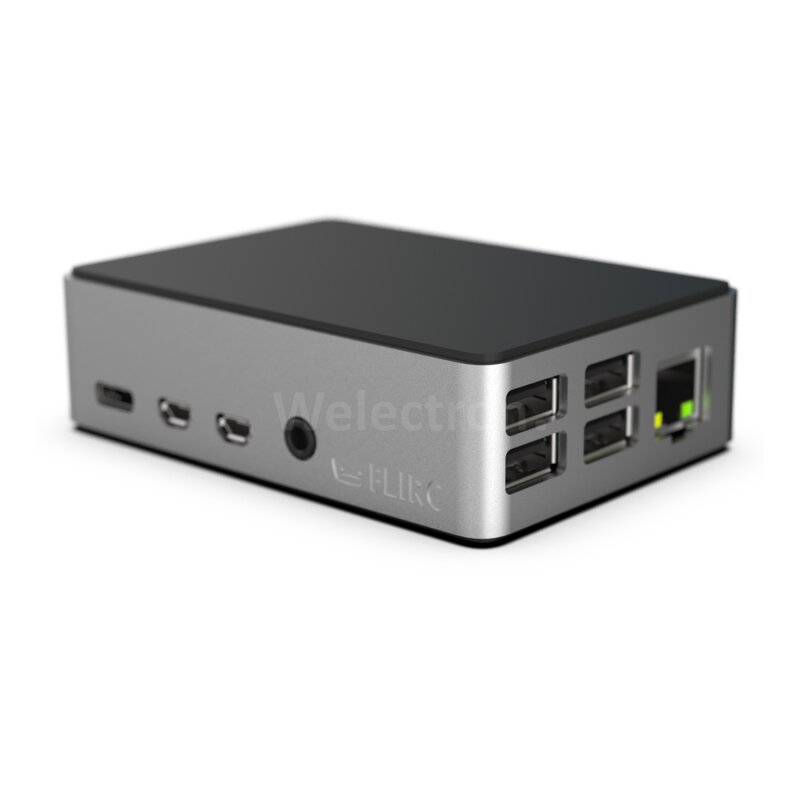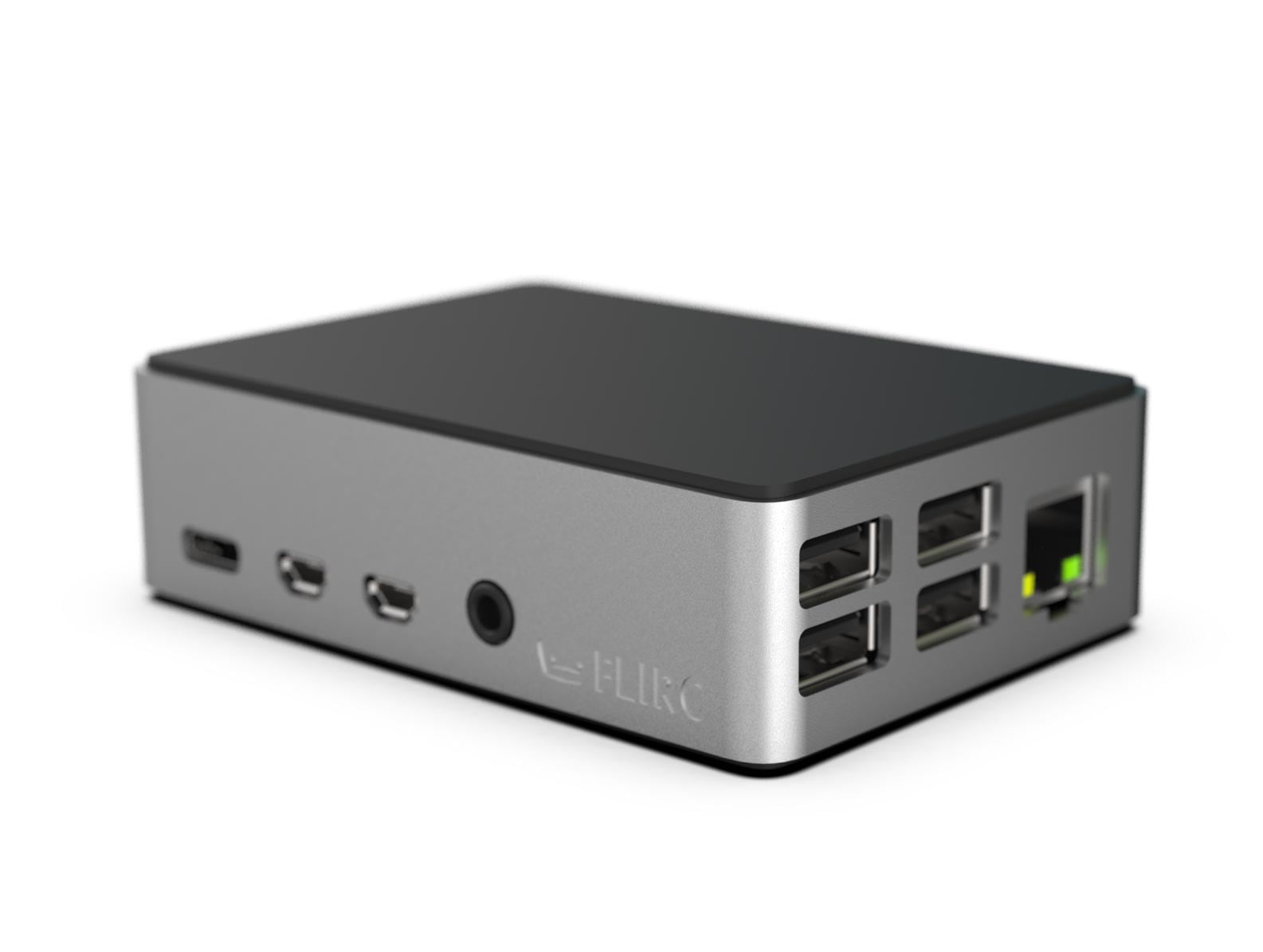

- #Raspberry pi flirc case how to#
- #Raspberry pi flirc case update#
- #Raspberry pi flirc case manual#
- #Raspberry pi flirc case software#
- #Raspberry pi flirc case password#
(6) - not if they're dataless compute engines. (4) - again, this is trivial if you use a devops tool like ansible, if they need to ever be changed (they don't) (3) - They have the data on them that needs to be on them. (1) - not a problem - I'd assume they're on/off the network because that's what they need to be to do whatever they do No need to have them identical in the least, they can all be optimized to have just what you want on them, configured in the way you want them to be configured.

One command to build a box from scratch once it has a clean SD card inserted and it's up in its initial state. Just use something like ansible to build them and you're done.
#Raspberry pi flirc case how to#
Managing a dozen pi is trivial if you know how to manage linux boxes. You can't centralize if you have pi in physical locations that are different (example - connected to a wired camera or wired sensors etc.)

I also have a tiny script for properly upgrading home assistant that I'm running there along few other things. My own Pi updates its packages by itself, restarts any services which run outdated binaries and emails me whenever it requires a restart due to kernel update.
#Raspberry pi flirc case manual#
It can work reasonably well for thoroughly tested raspbian packages, but actively developed projects that use pip, npm or are just straight git clones of repositories require manual steps way too often for that to be feasible. You can (and should!) automate it as much as you can, but in the end you cannot do that for everything. And perform whatever migrations needed when there are significant changes to those etc. This likely also implies the need to keep updating whatever semi-custom projects/services you are running on it. Every device that's exposed to internet has to be kept up to date and reasonably secure (this includes being on top of vulnerabilities/mitigations for services you are running). Though for me the administration burden is by far the largest concern. Assuming some variety let's take 1.5W as average - times 12 it's almost 20W which is well into (or above) realm of NUCs. At idle it's somewhere between 0.5W (Zero) to 3W (4B). My point is: Why not centralize? If you have 12 RPis each providing a persistent service, wouldn’t it be better to get a full-fledged server and run everything there? Reducing risk may be an abstract and nebulous concept - but reducing managament effort is a very real, serious, and immediately appreciable advantage.Īnother argument for centralization is power usage. But running, say, twelve RPis means that you’re undertaking x12 the management effort and risk as compared with running one device. Of course, these costs and risks apply to any device. If you haven’t backed up the data, then it may be irrevocably lost. If those components fail, you lose the services that it provides until you fix it. (6) Has its own hardware including storage. If you don’t actively manage the device, it can remain pwned for a long time, creating a major security vulnerability in your network. If its login credentials (even if unique) are stored by another device that gets pwned, it can get pwned, too. If it shares any login credentials with other devices, it can get pwned. If you are notified, then you have to fix it if you are not notified, then the failure may persist and lead to cascading failures. If you miss one, that particular device no longer has access to essential services.
#Raspberry pi flirc case update#
If those credentials change, then you have to update every device that uses them.
#Raspberry pi flirc case password#
(4) May store a particular set of credentials, such as a username and password for accessing secured services or data that it needs to use. Either the device manually synchronizes its slice with other devices (which requires user attention and amplifies the risk of version conflicts if there’s a gap) or it’s automatically synchronized (and you have to manage the sync process). Version conflicts and potential data loss may result. (3) May be storing a particular slice of your overall data set, and the version of that slice may vary from other slices of the same data that are stored by other devices. Lots of effort required to update environments and configurations in lockstep. Very frustrating to have applications run differently on different devices just because their environments differ.
#Raspberry pi flirc case software#
(2) May be running a different OS, OS version, or installed software base than the others - as well as different configuration. (1) May or may not be connected to the network. I find this puzzling, as it requires managing “a number” of devices. There are a number of Pis scattered around my apartment - all doing different jobs.


 0 kommentar(er)
0 kommentar(er)
